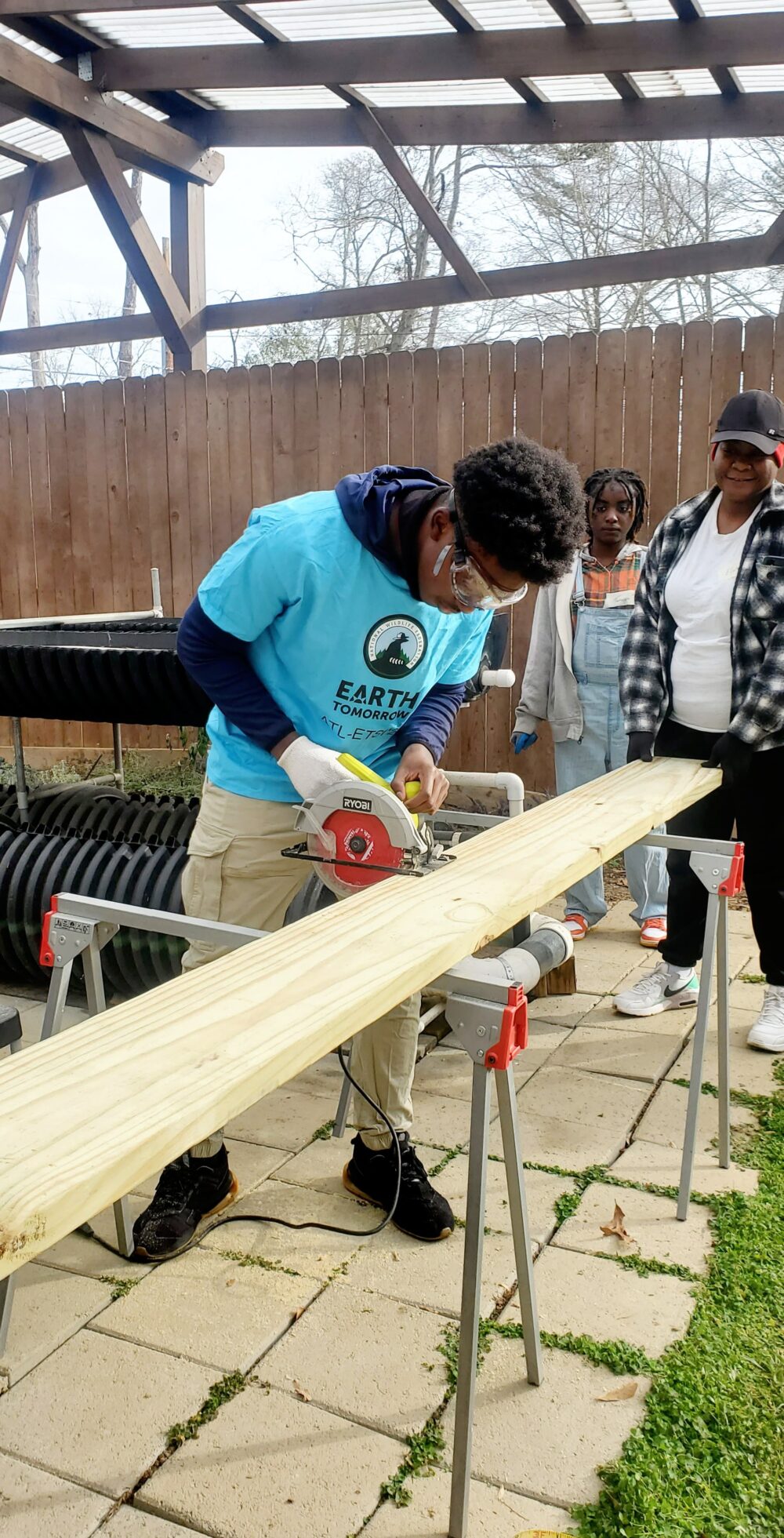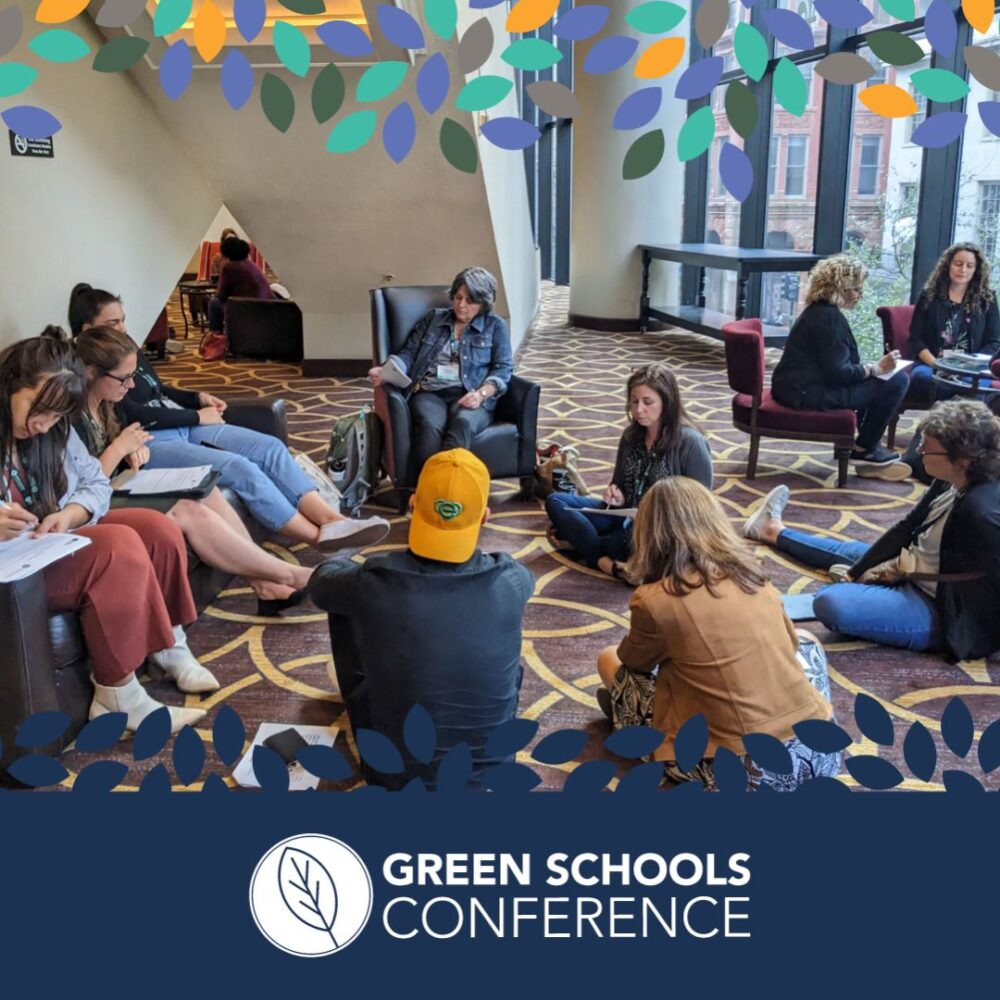We have much more to do and your continued support is needed now more than ever.
Great American Backyard Campout: Seven Things to Do After Dark

That day on which thousands of people across the nation pitch tents and roll out sleeping bags is almost here—National Wildlife Federation’s Great American Backyard Campout, slated this year for June 25.
Camping, even for just a night in a backyard, is a way to put children in touch with nature. A study in the 1990s found that people who grew up to be conservationists almost invariably had someone in their lives who introduced them to nature as a child.
Former president Jimmy Carter put it more eloquently: “It is good to realize that if love and peace can prevail on earth, and if we can teach our children to honor nature’s gifts, the joys and beauties of the outdoors will be here forever.” Introducing a child to the outdoors can create a commitment to nature that lasts a lifetime.
Some of you participating in this camping event may wonder what to do after nightfall. Here are seven activities that may keep you and the kids amused:
- Build a Fire: But of course! If you are in an area that allows you to build a fire, do so. Let the kids help, collecting kindling and other wood, and show them how it is done, starting with the flaming of small twigs and fluff and building with larger pieces of wood. “The fire,” Henry David Thoreau once pointed out, “is the main comfort of the camp, whether in summer or winter, and is about as ample at one season as at another. It is as well for cheerfulness as for warmth and dryness.”
- Fish: If you are near a lake or pond, consider a little night fishing. Some fish are attracted to light. Put up a lantern near shore or hang one on your boat as you sit in one place. Kids may find a boat confining, especially at night, but for older children a night fishing trip—pulling the thrashing catch from the foam of dark waters—will be a camping memory not soon forgotten.
- Bug Watch: You can use a light to attract insects and see what comes in. In fact, if you have a camp light, you probably will attract insects like it or not. So make a game of it. Put up a white sheet between trees and shine a light on it. Insects will land on the sheet, and you can use field guides to identify them. You can set up your sheet at different sites—on poles in an open space, between trees in a wood, near water, not near water—and see if different types of insects show up. Keep a list of species. How do the lists differ, and if they do, why? The insects will provide astute young wildlife enthusiasts with a lesson in the importance of habitat.
- Night Sounds: Trying sitting quietly in the dark, without fire or flashlight, and just listen. Within a few minutes your eyes will adjust to the darkness, and you surroundings will be seen in a new perspective. Listen: what sounds do you hear? Depending on where you are camping, you may hear the yapping of a coyote, or the hooting of an owl (count the hoots; they can provide a clue to what species you are hearing; check a field guide), or the scurrying of night creatures in the grass, or the prrrnnt of a nighthawk, or the chirps of frogs. Try sitting in different locales and listening. Do you hear different creatures at different sites? Or try mapping the sounds you hear, putting the place where you are sitting in the middle of a sheet of paper (X can mark the spot) and writing down the animals you hear, showing on the map where they are in relationship to you. In daylight, check out the places where sounds came from. Do they tell you anything about habitat preference?
- Stargazing: Tradition says that ancient shepherds lay out with their flocks at night and watched the myriad glittering stars, passing the time by picking out images among the stars, like Orion the Hunter or the Big Dipper. But naming constellations doesn’t have to end with ancient shepherds, for whom the sky was a sort of celestial video game. You can pick up the tradition, inventing and naming your own constellations: is that a Toyota Prius, the Empire State Building, an X-Box, a lamp? Is that mom over there, and dad over there? Alternatively, get a star-gazer field guide and pick out the traditional constellations.
- Hiking in the Rain: “Rainstorms,” humorist Dave Barry wrote, “will travel thousands of miles, against prevailing winds, for the opportunity to rain on a tent.” But rain is no reason to give up on your campout. Take advantage of a drizzle—on wet nights, frogs, toads and salamanders, and maybe ever a water turtle or two, may be out and about, taking advantage of the moisture to move from place to place. Put on raingear, grab a waterproof flashlight, and see what amphibians you can find. You may see creatures you otherwise would never or rarely encounter.
- Night Waters: If you are near a pond, take you flashlight or your headlamp and go to it. Immerse a waterproof flashlight in the pond, preferably on a rope or with some other device for easy retrieval. Some creatures will be attracted to light. See what shows up. Perhaps you can capture some with a net, jar or bucket and identify them. Also collect a water sample from dark waters. Do you find different creatures in this water sample? You may need a magnifying glass and field guide to help with identification. What do you think accounts for the differences you find?
Whatever you do, have fun during your Great American Backyard Campout. Thoreau again: “We need the tonic of wildness—to wade sometimes in marshes where the bittern and the meadow-hen lurk, and hear the booming of the snipe; to smell the whispering sedge where only some wilder and more solitary fowl builds her nest, and the mink crawls with its belly close to the ground.” (Oh yes, another bonus activity might be the reading of such classics of conservation as Thoreau’s Walden or Aldo Leopold’s A Sand County Almanac . . . in the tent . . . or by the fire.)
[The photos associated with this blog were donated by competitors in the annual National Wildlife Photo Contest. If you are a nature photographer, you may want to participate this year in the 41st annual National Wildlife Photo Contest. In addition to cash awards, winning photos will appear in National Wildlife magazine and on the NWF website.]





















